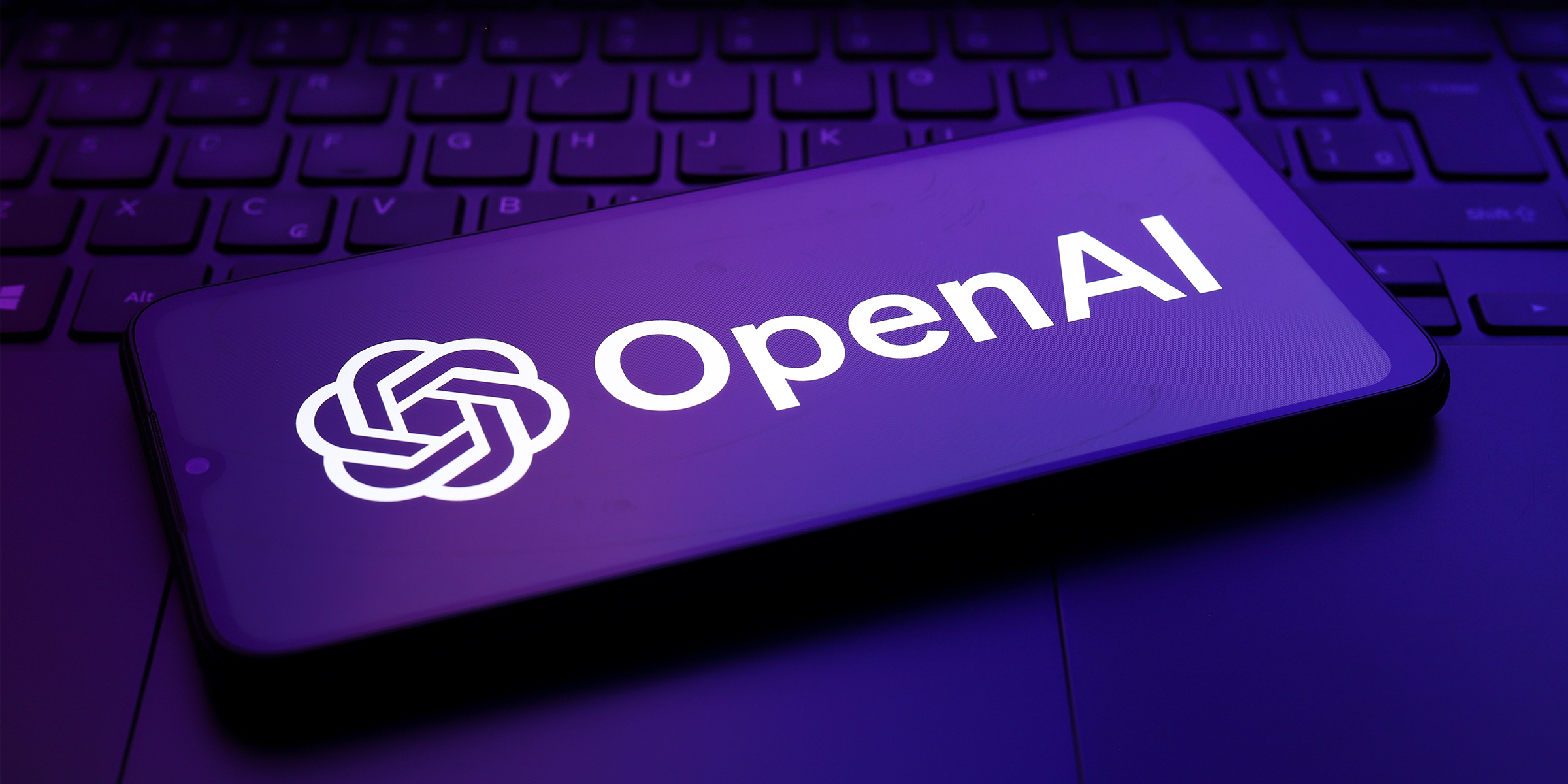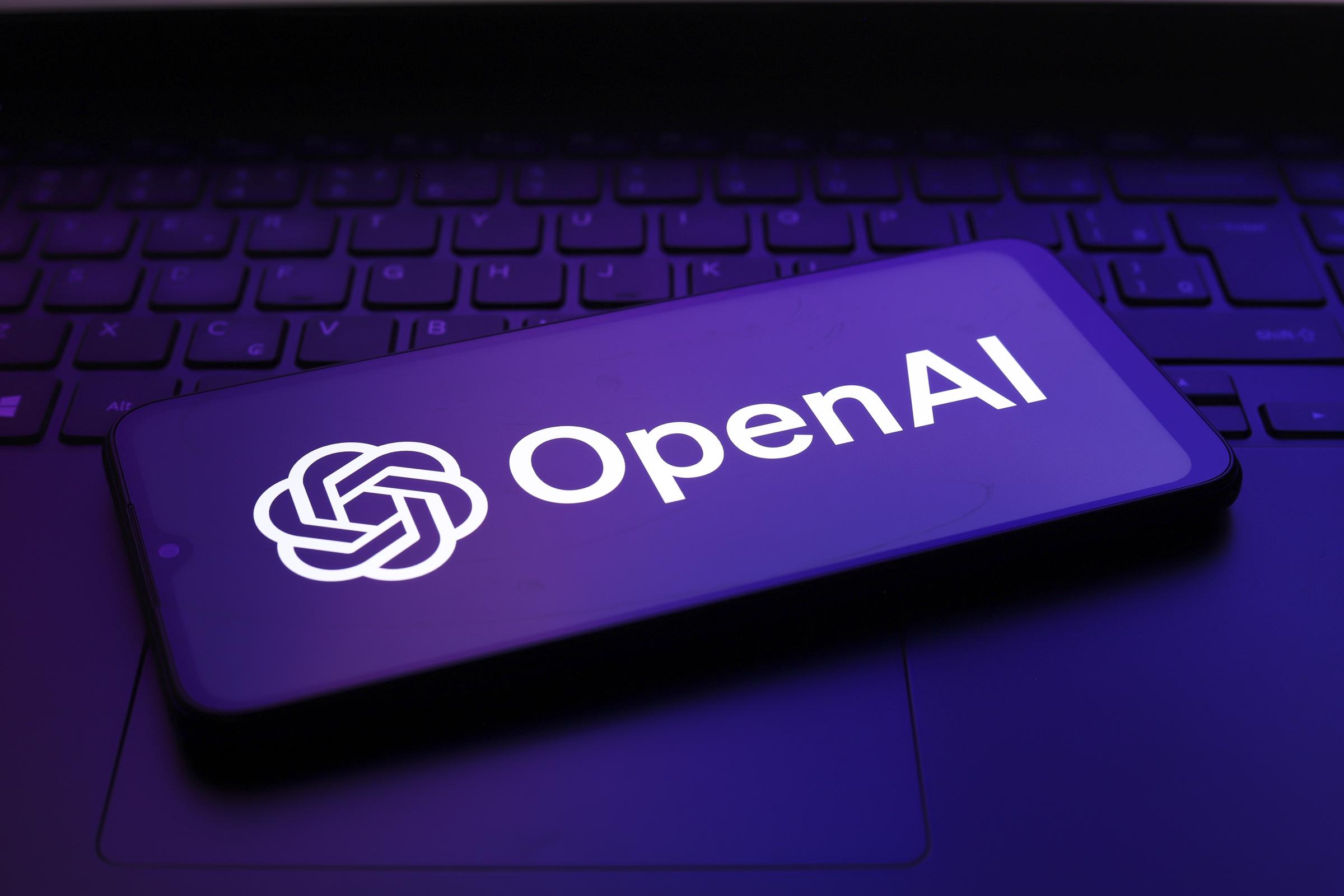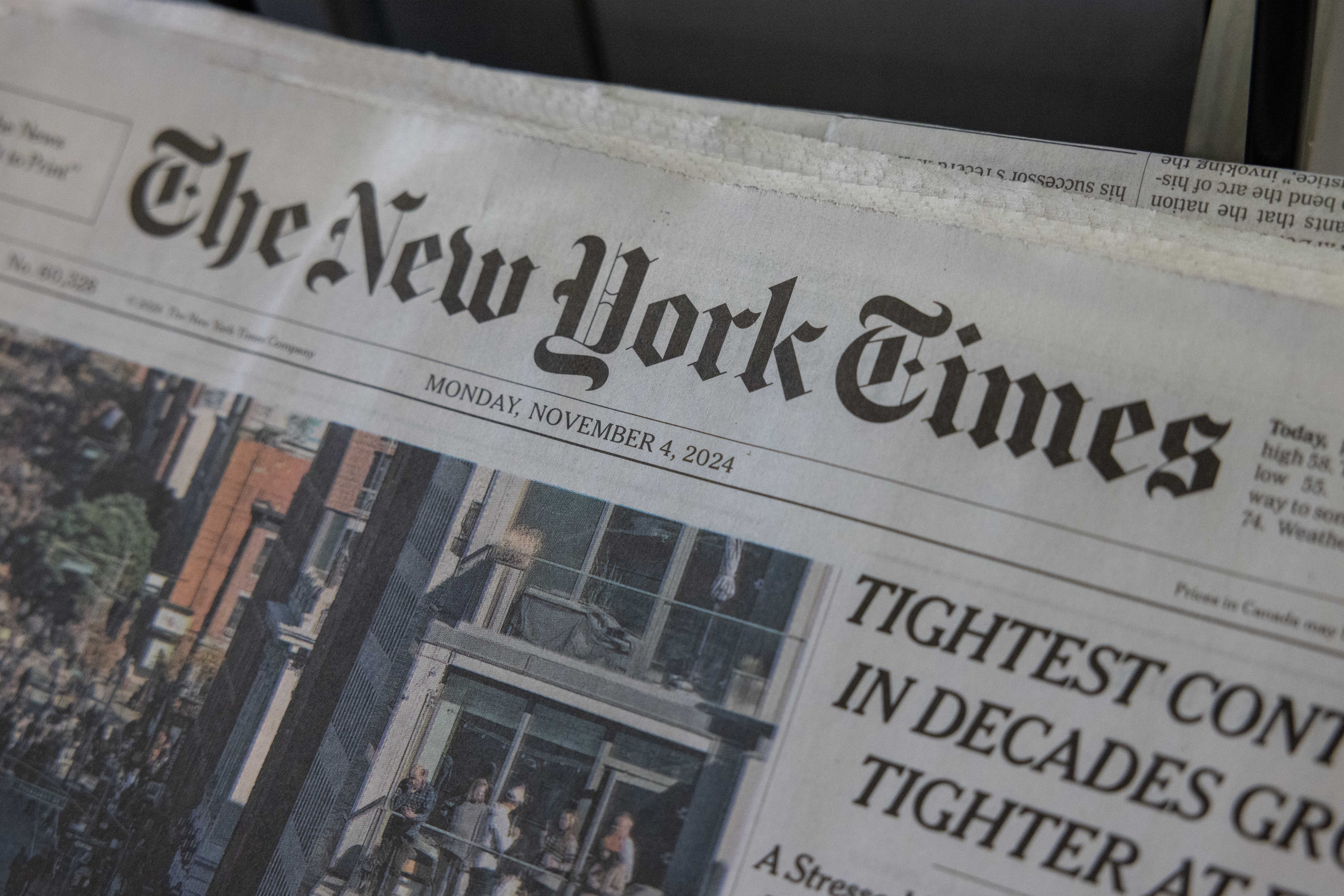
Former OpenAI Researcher, 26, Found Dead in His Apartment – Details
Months after speaking with The New York Times about AI and the company he used to work for, a former OpenAI researcher met his demise in November.
San Francisco police and the Office of the Chief Medical Examiner recently confirmed that former OpenAI researcher Suchir Balaji was found dead in his Lower Haight, Buchanan Street apartment on November 26. He was 26 years old.
According to The Mercury News, police were dispatched to Balaji’s residence at around 1 p.m. that day for a welfare check after receiving a concerned call. Following the investigation, the Office of the Chief Medical Examiner ruled the cause of death as suicide, and police confirmed there was “currently, no evidence of foul play.”
Balaji, who played a critical role in collecting and organizing the vast swaths of internet data that helped train OpenAI’s groundbreaking chatbot, ChatGPT, had been a prominent figure in discussions surrounding artificial intelligence ethics.

OpenAI and ChatGTP’s logo displayed in a photo of a laptop screen taken in Krakow, Poland on December 5, 2022 | Source: Getty Images
His knowledge was anticipated to be instrumental in the growing legal challenges faced by the company, particularly over its alleged copyright violations.
Balaji’s untimely death comes just three months after he expressed skepticism about generative AI’s reliance on “fair use” as a legal defense for using copyrighted data, noting potential ethical and legal issues. He made such comments during an interview with The New York Times.

A photo of OpenAI’s logo on a screen taken in Krakow, Poland on December 5, 2022 | Source: Getty Images
Speaking to the outlet in October, he recounted his time at the San Francisco-based tech giant, OpenAI. He detailed both his contributions to ChatGPT, a generative AI tool now used by millions globally, and the ethical dilemmas that ultimately drove him to walk away from the company in August.
Balaji worked at OpenAI for nearly four years, including significant contributions to ChatGPT’s development. At the time, he and his colleagues treated the project as a groundbreaking research initiative.
“With a research project, you can, generally speaking, train on any data. That was the mind-set at the time,” explained Balaji. However, his perspective shifted dramatically following the public release of ChatGPT in late 2022.
The widespread adoption of ChatGPT, fueled by OpenAI’s rapid shift to profit-making, forced Balaji to confront a growing unease about the company’s methods.
As ChatGPT gained traction and became a moneymaker, he began to see the technology as part of a broader ethical and legal crisis and accused OpenAI of using copyrighted material without proper consent or compensation.
In his interview, Balaji expressed grave concerns about the implications of this business model. He argued that generative AI systems like ChatGPT were dismantling the traditional internet ecosystem by replacing the content creators whose work they relied on.
“This is not a sustainable model for the internet as a whole,” he warned, noting that these technologies often replicated and substituted for copyrighted works.
Balaji further critiqued the company’s stance that such use was protected under the legal doctrine of “fair use,” a claim he passionately refuted with both technical and philosophical arguments.
His critiques were rooted in his firsthand knowledge of how the company’s AI systems function. On this, Balaji explained that while the outputs of tools like GPT-4 — an advanced model he helped train — were not direct copies of their input data, they were also “not fundamentally novel.”
The systems, he argued, were designed to imitate online content in a way that blurred ethical and legal lines. According to Balaji, generative models are designed to imitate, and in many cases, they directly compete with the copyrighted works they learned from.
His disillusionment with OpenAI reached a breaking point in August 2023, leading him to leave the company, as he felt it was no longer possible to reconcile his work with his ethical convictions. “If you believe what I believe, you have to just leave the company,” he said of his decision to step away.
Balaji’s exit marked a bold departure from the relative silence of his peers in the industry. While many researchers at OpenAI and other tech firms have issued warnings about the potential long-term dangers of AI — such as the risk of bioweapons or societal collapse — Balaji focused on the immediate harms, particularly those tied to intellectual property.
For Balaji, the erosion of reliable internet information and the economic harm caused to content creators were pressing issues that required urgent attention.
His concerns also extended to the broader implications of generative AI for internet culture and society. In the same interview, Balaji lamented the rise of “hallucinations” — instances where AI systems generate false or entirely fabricated information.
He believed that as these technologies replace traditional internet services, they contribute to the spread of misinformation and undermine public trust in online platforms.
According to Balaji, whose solutions were as bold as his critiques, the internet is changing for the worse. He emphasized the need for greater understanding and scrutiny of copyright laws to address the ethical and legal challenges posed by generative AI.
“The only way out of all this is regulation,” argued Balaji, echoing the sentiments of legal experts like Bradley J. Hulbert, who has advocated for updated intellectual property laws to address the rise of AI technologies.

OpenAI and ChatGTP’s logo displayed in a photo of a laptop screen taken in Krakow, Poland. | Source: Getty Images
Balaji believed that without such measures, the AI industry would continue to operate unchecked, exacerbating both legal and societal issues. In sharing his story, he placed himself at the forefront of a growing movement of whistleblowers and critics challenging the practices of major AI companies.
His decision to speak out, even at personal and professional risk, reflected his deep conviction that the industry needs to change.
“I thought AI could be used to solve unsolvable problems,” reflected Balaji, recalling the inspiration he felt as a teenager when first encountering groundbreaking AI technologies like DeepMind. However, he felt that somewhere along the way, people lost sight of what this technology was supposed to do.
Following the publication of his interview with The New York Times, Balaji took to X (formerly Twitter) to clarify and expand on his thoughts, offering a more personal and detailed perspective on the controversy surrounding generative AI and copyright law.
His tweets reflected a mix of intellectual rigor, curiosity, and a desire to engage the broader community in an important discussion.
In one post, Balaji acknowledged his evolving understanding of copyright and fair use, a journey that began during his time at OpenAI and deepened as he observed the growing number of lawsuits against generative AI companies.
“I recently participated in a ‘NYT’ story about fair use and generative AI, and why I’m skeptical ‘fair use’ would be a plausible defense for a lot of generative AI products,” he wrote.

A view of The New York Times building in New York City on July 16, 2024 | Source: Getty Images
Balaji went on to explain that while he initially lacked expertise in copyright law, his curiosity led him to explore the issue thoroughly. He eventually concluded that generative AI’s reliance on copyrighted data to create competing substitutes rendered the “fair use” defense problematic.
He emphasized the importance of understanding the law beyond its surface interpretations. “Obviously, I’m not a lawyer, but I still feel like it’s important for even non-lawyers to understand the law — both the letter of it, and also why it’s actually there in the first place,” noted Balaji.
Balaji also encouraged other machine learning researchers to delve into the nuances of copyright, pointing out that commonly cited legal precedents, such as the Google Books case, might not be as supportive of generative AI as they appear at first glance.

An illustration of a ChatGTP logo taken in Poland on December 15, 2024 | Source: Getty Images
However, in his reflections, Balaji made it clear that his critique was not aimed solely at OpenAI or ChatGPT. “That being said, I don’t want this to read as a critique of ChatGPT or OpenAI per se, because fair use and generative AI is a much broader issue than any one product or company,” he mentioned.
He framed his thoughts as part of a larger, industry-wide conversation and invited others interested in discussing the intersection of fair use, machine learning, and copyright to join the dialogue.

The OpenAI logo shown on a mobile screen and the Google logo as a backdrop; photo taken in India on December 12, 2024 | Source: Getty Images
In another tweet, Balaji addressed speculation about his motivations for participating in The New York Times piece. He revealed that the decision to share his perspective was entirely his own.
“‘The NYT’ didn’t reach out to me for this article; I reached out to them because I thought I had an interesting perspective, as someone who’s been working on these systems since before the current generative AI bubble,” he clarified.

A picture of an OpenAI logo on a phone taken in Reno, United States on December 2, 2024 | Source: Getty Images
By reaching out to the publication, Balaji hoped to bring an insider’s voice to the debate, while distancing his comments from ongoing legal battles, such as The New York Times’ own lawsuit against OpenAI. “None of this is related to their lawsuit with OpenAI — I just think they’re a good newspaper,” asserted Balaji.

Copies of The New York Times newspaper on a news stand in New York on November 4, 2024 | Source: Getty Images
Balaji’s tweets not only illuminated the thought process behind his interview but also showcased his commitment to fostering an informed discussion on a topic he felt passionate about.
We extend our deepest condolences to Balaji’s family and friends and hope for their healing amid their time of grief. RIP, Balaji.


